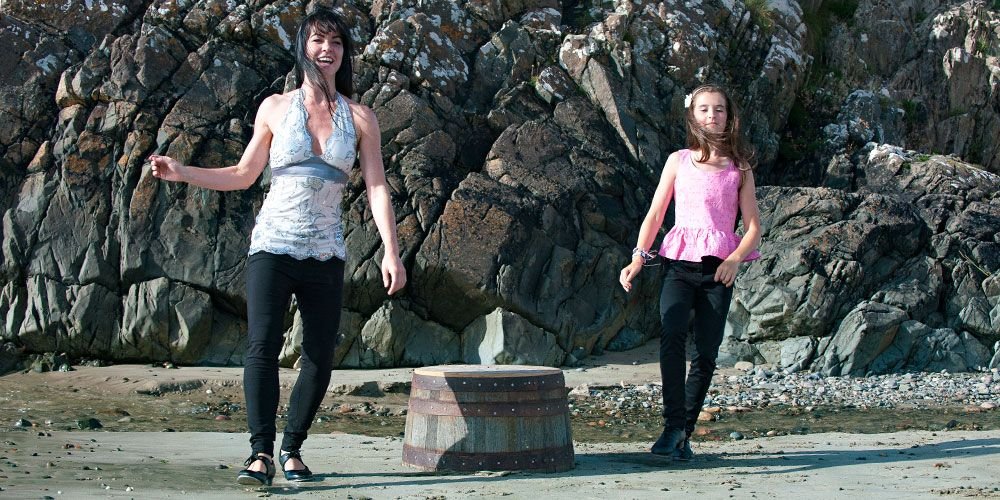
Sean nós
The term Sean nós means "old style" and indicates both a traditional singing and a dance, typically performed in western Ireland. These artistic expressions are "minimalist", that is, it's possible to perform them without musical accompaniment, or also on a musical background played by a few instruments, such as wooden spoons or the accordion, simple tools used by the rural people during festivals and entertainment. The value of this sound is remarkable because it was decisive in saving the traditional culture inherited from ancestors and in passing it on to new generations.
The singing
A typical "old style" song sounds really peculiar because it is a "solo" voice performance, in which lyrics are more important than music, which is almost always absent. The voice of the singer, often deliberately nasal, must be resonant, but harsh, not "softened" to match the melodies, and without affectations as the "vibrato" or high/low volume variations; the rhythm is free, not punctuated by a pacing, and the texts that flows naturally from the most intimate emotions are strictly Irish Gaelic.
The spontaneity of the texts has a remarkable relevance, and almost always sourced to accompany the people at work, or to emphasize the sadness of a lonely life, the joys of love, the sense of loss due to emigration. The interaction between singer and audience is very peculiar: the latter often participates with encouragement, comments or even attitudes of empathy for the soloist, who must accept any incitement with a sort of musical answer. The singer sometimes places himself in a corner, with his back to the audience, a position which may come from very ancient rituals.
The dance
Sean nós is actually an extemporaneous dance, generally performed solo: even if the dancers can be a group, usually everyone carves out a personal show, and moves backward or forward according to the rhythm.
Considered the forerunner of the American tap, which was made popular by Fred Astaire, this dance was born in the West of Ireland and is not subjected to any kind of prearranged choreography, on the contrary it is based on a relaxed and loose performance, in which feet are a few inches from the floor on which they slide and clap rhythmically and percussion is executed by an heel-toe movement of the shoes, rather than by a musical instrument.
Unlike the Irish step-dance such as that of Riverdance, where the arms are rigidly stretched out along the hips and it is necessary to wear a traditional dancing dress and maintain a detached expression of the face, the Sean nós dancer can emphasize the movements of the body with the arms, adding expressiveness to his dance with facial expressions and a "casual", personal clothing, even during competitions and shows.
The shoes must have a smooth sole (to facilitate the sliding) and are made of rather rigid leather; heel and toe are reinforced with wooden supports, to give the steps the typical sound, avoiding the metal that distorts the pacing.
The floor should be made of wood, to better enhance the typical sound of the dance steps, but often the most skilled dancers can perform on barrels, tables or stools. There are also several nice performances danced with a simple broom whose handle is passed from hand to hand, nimbly leaping over it or laying it on the ground and jumping from side to side pacing a jig.
The music that accompanies this type of dance is often performed by one or a few instruments, which frequently include accordion and violin (fiddle); originally it was also played with just a couple of spoons of wood or metal that - a bit like the Spanish castanets - paced the dancer.
Due to these "minimalist" characteristics, Sean nós was imported into the USA (where today's thriving far more than in Connemara ...) by the many Irish immigrants who sailed to the United States during the period of the Great Famine. One of the most acclaimed Sean nós dancers is Emma O'Sullivan, winner of All-Ireland Sean nós dancing in 2009 and "The All Ireland Talent Show" in 2010.




